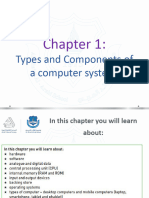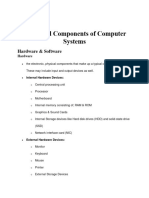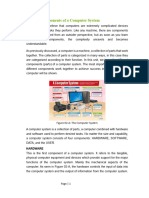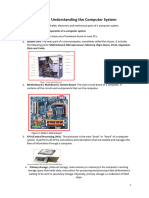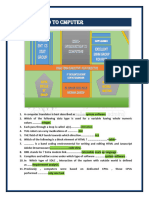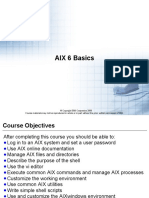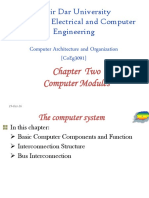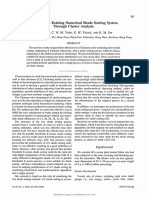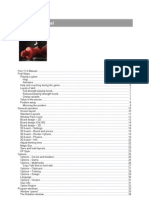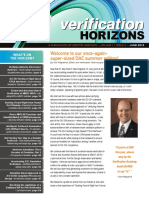0% found this document useful (0 votes)
7 views6 pagesTypes of Components of Computer Systems
The document outlines the components of computer systems, categorizing them into hardware, software, and operating systems. It details internal components like the CPU, RAM, and storage devices, as well as input and output devices, and discusses software types including application and system software. Additionally, it covers emerging technologies such as AI, biometrics, and robotics, along with sensors and actuators used in various applications.
Uploaded by
jkmaelraffCopyright
© © All Rights Reserved
We take content rights seriously. If you suspect this is your content, claim it here.
Available Formats
Download as PDF, TXT or read online on Scribd
0% found this document useful (0 votes)
7 views6 pagesTypes of Components of Computer Systems
The document outlines the components of computer systems, categorizing them into hardware, software, and operating systems. It details internal components like the CPU, RAM, and storage devices, as well as input and output devices, and discusses software types including application and system software. Additionally, it covers emerging technologies such as AI, biometrics, and robotics, along with sensors and actuators used in various applications.
Uploaded by
jkmaelraffCopyright
© © All Rights Reserved
We take content rights seriously. If you suspect this is your content, claim it here.
Available Formats
Download as PDF, TXT or read online on Scribd
/ 6






